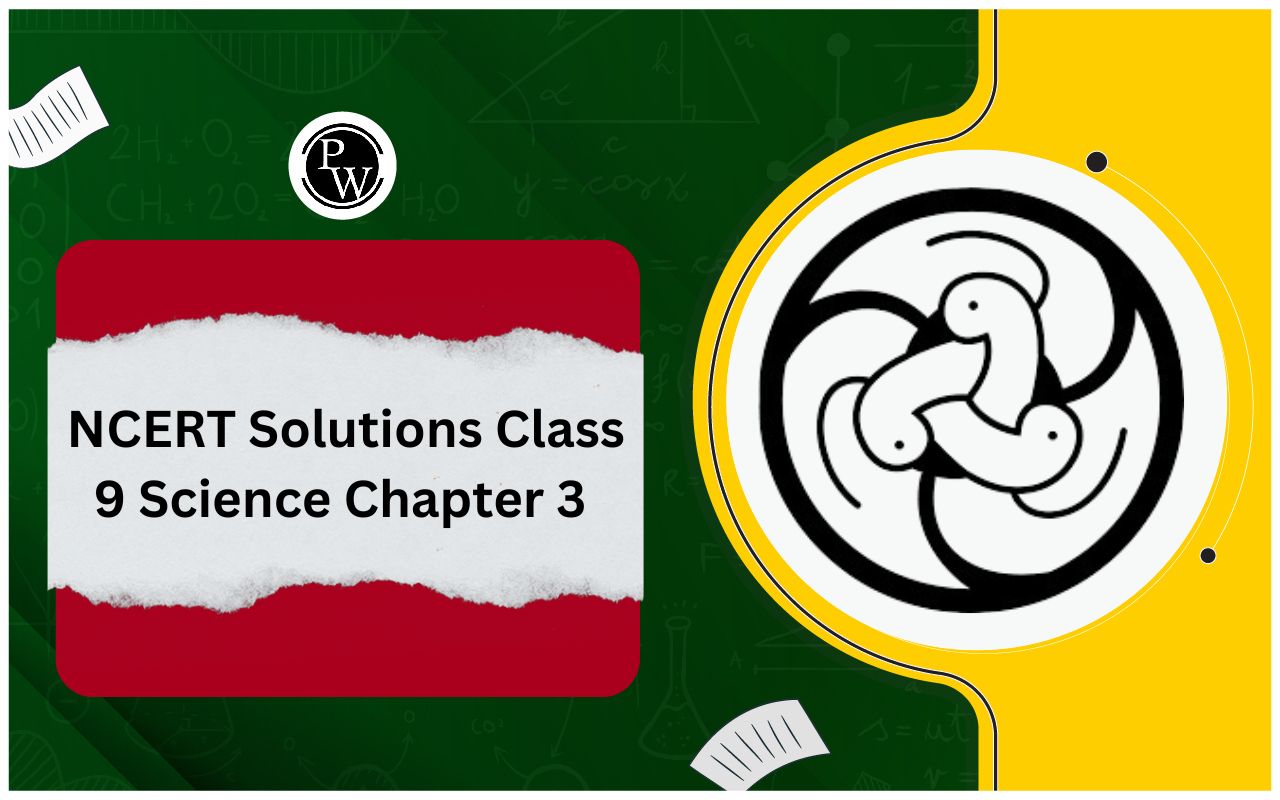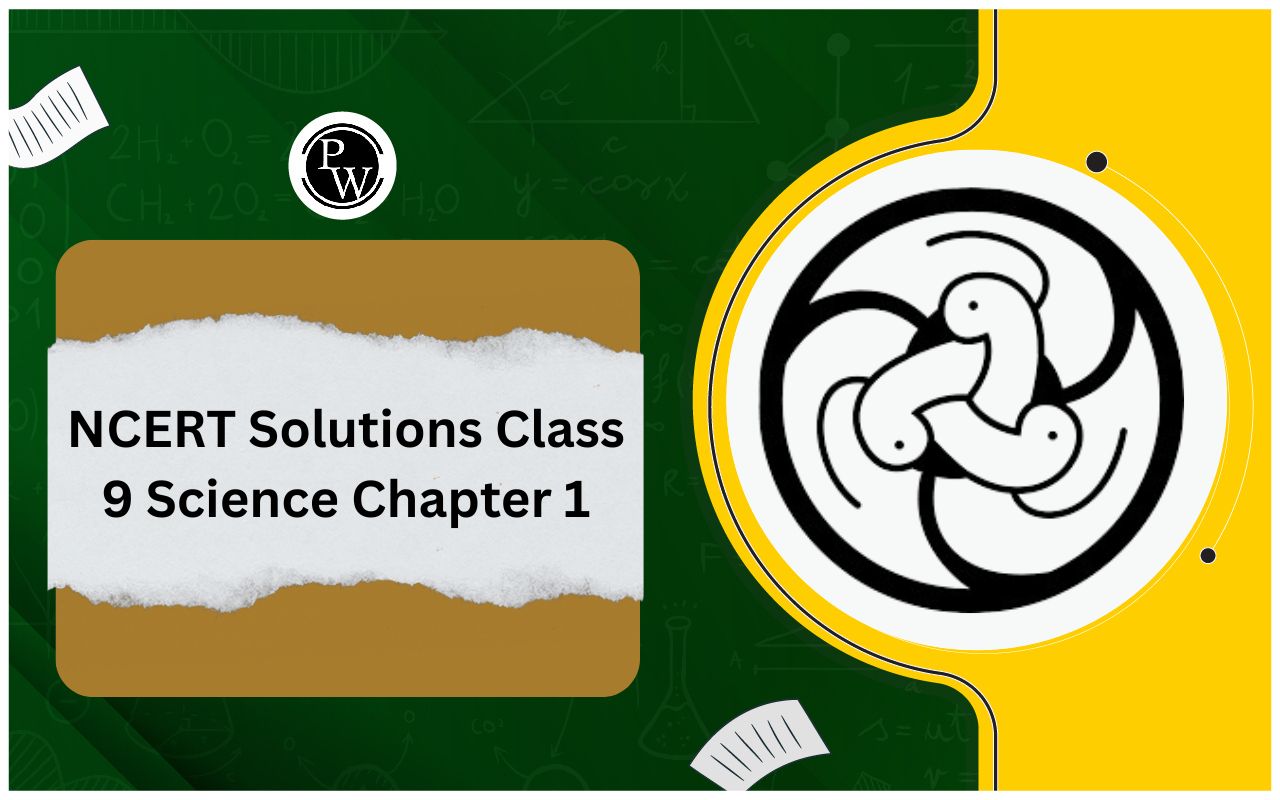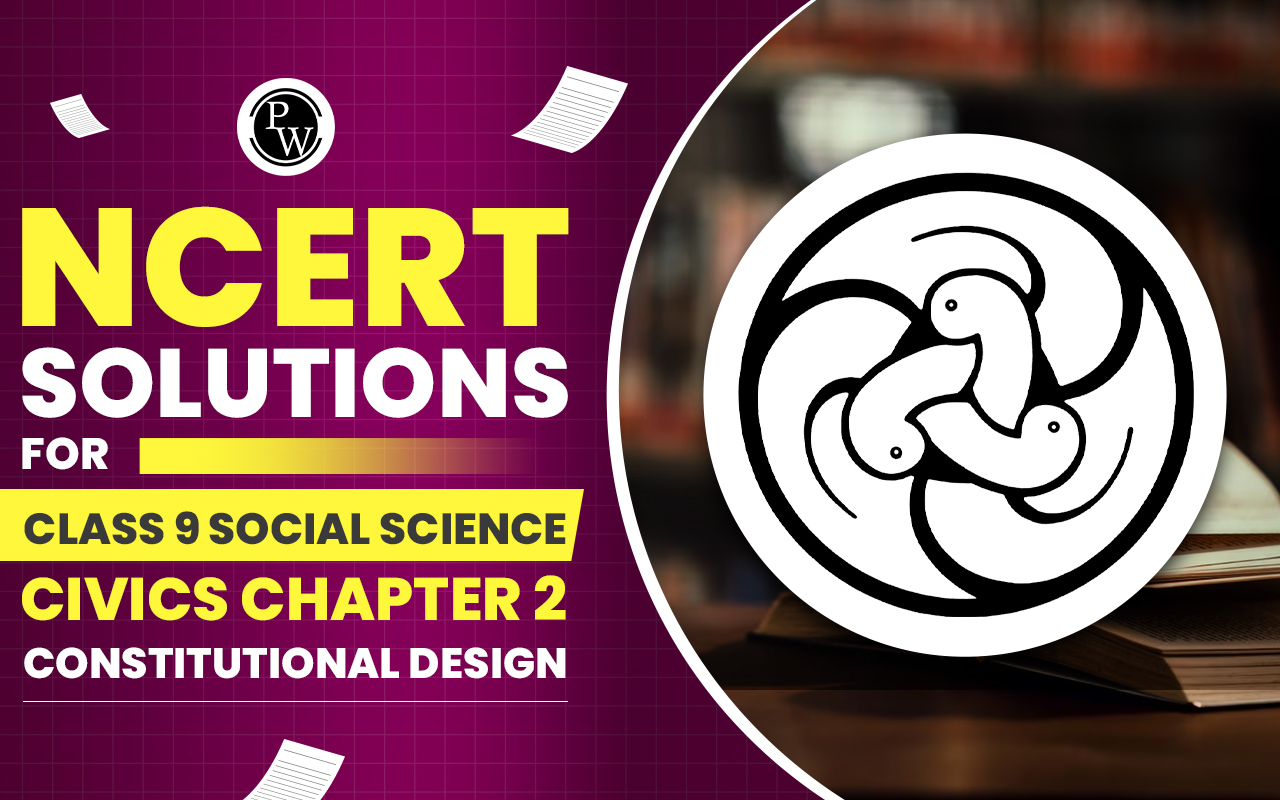
CBSE Class 9 Science Notes Chapter 3: In Chapter 3 of CBSE Class 9 Science, we learn about "Atoms and Molecules." Here, we learn the tiny building blocks of everything around us. Atoms are like the tiny pieces of matter, and they make up everything. We'll understand how atoms are made up of even smaller particles, like protons, neutrons, and electrons.
These parts give each atom its unique qualities. When atoms join together, they form molecules, like how individual LEGO pieces can make a larger structure. We'll also explore how chemicals combine in specific ways, following rules like the Law of Conservation of Mass and the Law of Definite Proportions. By understanding atoms and molecules, we can understand more about how everything in the world is put together.CBSE Class 9 Science Notes Chapter 3 Atoms and Molecules Overview
The CBSE Class 9 Science Notes for Chapter 3, "Atoms and Molecules," have been created by experts at Physics Wallah. These notes help students understand the basics of atoms and molecules. They explain the structure and behavior of atoms, as well as how they come together to form molecules. The notes are designed to make learning easier for students by breaking down complex ideas into simpler ones. With these notes, students can learn about atoms and molecules in a clear and understandable way, which can help them succeed in their science studies.CBSE Class 9 Science Notes Chapter 3 PDF
Atomic Mass
Atomic mass is a measure of the mass of an atom or a collection of atoms. It includes the combined mass of the electrons, protons, and neutrons within the atom. This mass is often expressed in atomic mass units (AMU), which are based on a standard unit defined by the mass of a carbon-12 atom. The atomic mass of an element is the average mass of one atom of that element compared to 1/12th the mass of a carbon-12 atom. This helps scientists compare the masses of different atoms on a standardized scale.Valency
Valency is a property of an atom determined by the number of electrons in its outermost shell, known as valence electrons. Atoms tend to gain, lose, or share electrons to achieve a stable configuration, typically by completing their outermost shell with eight electrons, known as the octet rule. The valency of an atom is determined by the number of electrons it can gain, lose, or share to achieve this stable configuration.Molecule
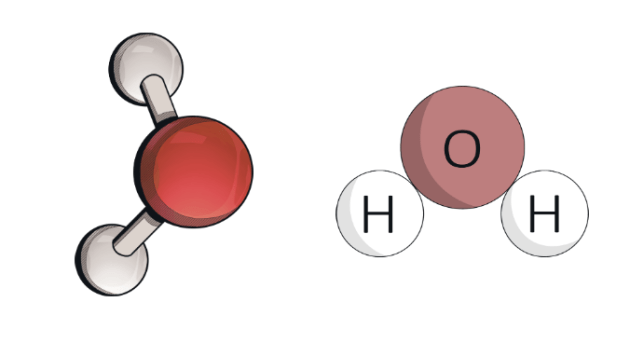 A molecule is a group of atoms bonded together, representing the smallest unit of a chemical compound that can take part in a chemical reaction. The molecular mass of a molecule is the sum of the masses of all the atoms in the molecule. The number of atoms of each element in a molecule is determined by its chemical formula.
The atomicity of a molecule refers to the number of atoms of each element present in a single molecule of the substance. For example, oxygen gas (O2) has a molecular mass equal to twice the atomic mass of oxygen because each molecule contains two oxygen atoms, and its atomicity is 2.
A molecule is a group of atoms bonded together, representing the smallest unit of a chemical compound that can take part in a chemical reaction. The molecular mass of a molecule is the sum of the masses of all the atoms in the molecule. The number of atoms of each element in a molecule is determined by its chemical formula.
The atomicity of a molecule refers to the number of atoms of each element present in a single molecule of the substance. For example, oxygen gas (O2) has a molecular mass equal to twice the atomic mass of oxygen because each molecule contains two oxygen atoms, and its atomicity is 2.
Compound
Molecular Mass
Benefits of CBSE Class 9 Science Notes Chapter 3 Atoms and Molecules
- Comprehensive Coverage : These notes cover all the important topics related to atoms and molecules as per the CBSE Class 9 curriculum, ensuring that students have a thorough understanding of the subject matter.
- Clarity and Conciseness : The notes are presented in a clear and concise manner, making complex concepts easier to understand. They provide a structured approach to learning, helping students grasp the fundamentals effectively.
- Use of Visual Aids : Visual aids such as diagrams, charts, and illustrations are often included in these notes to enhance understanding. These aids help students visualize abstract concepts, making learning more engaging and memorable.
- Revision Aid : These notes serve as an excellent revision aid for students preparing for exams. They provide a quick overview of the key concepts and formulae, allowing students to revise the entire chapter efficiently.
CBSE Class 9 Science Notes Chapter 3 FAQs
What is an atom?
An atom is the smallest unit of an element that retains the chemical properties of that element. It consists of a nucleus containing protons and neutrons, surrounded by electrons in orbitals.
What is a molecule?
A molecule is a group of two or more atoms held together by chemical bonds. It is the smallest particle of a compound that retains the chemical properties of that compound.
What is the difference between an atom and a molecule?
An atom is the basic unit of an element, whereas a molecule is a combination of two or more atoms held together by chemical bonds. Atoms cannot be further divided by chemical means, but molecules can be broken down into their constituent atoms.
What is the law of conservation of mass?
The law of conservation of mass states that in a chemical reaction, the total mass of the reactants is equal to the total mass of the products. In other words, mass cannot be created or destroyed in a chemical reaction, only transformed from one form to another.
What is Dalton's atomic theory?
Dalton's atomic theory, proposed by John Dalton in the early 19th century, states that all matter is composed of tiny, indivisible particles called atoms. It also states that atoms of different elements have different masses and chemical properties, and that compounds are formed by the combination of atoms in simple, whole number ratios.
🔥 Trending Blogs
Talk to a counsellorHave doubts? Our support team will be happy to assist you!

Check out these Related Articles
Free Learning Resources
PW Books
Notes (Class 10-12)
PW Study Materials
Notes (Class 6-9)
Ncert Solutions
Govt Exams
Class 6th to 12th Online Courses
Govt Job Exams Courses
UPSC Coaching
Defence Exam Coaching
Gate Exam Coaching
Other Exams
Know about Physics Wallah
Physics Wallah is an Indian edtech platform that provides accessible & comprehensive learning experiences to students from Class 6th to postgraduate level. We also provide extensive NCERT solutions, sample paper, NEET, JEE Mains, BITSAT previous year papers & more such resources to students. Physics Wallah also caters to over 3.5 million registered students and over 78 lakh+ Youtube subscribers with 4.8 rating on its app.
We Stand Out because
We provide students with intensive courses with India’s qualified & experienced faculties & mentors. PW strives to make the learning experience comprehensive and accessible for students of all sections of society. We believe in empowering every single student who couldn't dream of a good career in engineering and medical field earlier.
Our Key Focus Areas
Physics Wallah's main focus is to make the learning experience as economical as possible for all students. With our affordable courses like Lakshya, Udaan and Arjuna and many others, we have been able to provide a platform for lakhs of aspirants. From providing Chemistry, Maths, Physics formula to giving e-books of eminent authors like RD Sharma, RS Aggarwal and Lakhmir Singh, PW focuses on every single student's need for preparation.
What Makes Us Different
Physics Wallah strives to develop a comprehensive pedagogical structure for students, where they get a state-of-the-art learning experience with study material and resources. Apart from catering students preparing for JEE Mains and NEET, PW also provides study material for each state board like Uttar Pradesh, Bihar, and others
Copyright © 2025 Physicswallah Limited All rights reserved.
Get App
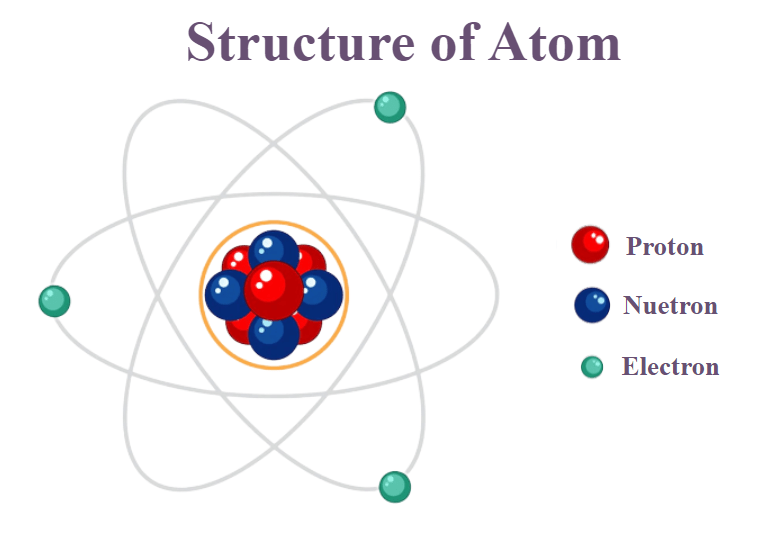 An atom is the basic unit of an element, consisting of three main particles: electrons, protons, and neutrons. The nucleus, located at the center of the atom, contains the protons and neutrons, while the electrons orbit around the nucleus in shells or energy levels.
The atomic symbol of an element is represented by its standard symbol (e.g., "X" for the element), along with two important numbers: the atomic number (A), which indicates the number of protons in the nucleus and determines the element's identity, and the mass number (Z), which represents the total number of protons and neutrons in the nucleus.
The size of an atom is typically measured in nanometers, with the radius indicating the distance from the nucleus to the outermost electron shell.
Overall, atoms are the building blocks of matter, and understanding their structure is crucial to understanding the properties and behavior of elements and compounds.
An atom is the basic unit of an element, consisting of three main particles: electrons, protons, and neutrons. The nucleus, located at the center of the atom, contains the protons and neutrons, while the electrons orbit around the nucleus in shells or energy levels.
The atomic symbol of an element is represented by its standard symbol (e.g., "X" for the element), along with two important numbers: the atomic number (A), which indicates the number of protons in the nucleus and determines the element's identity, and the mass number (Z), which represents the total number of protons and neutrons in the nucleus.
The size of an atom is typically measured in nanometers, with the radius indicating the distance from the nucleus to the outermost electron shell.
Overall, atoms are the building blocks of matter, and understanding their structure is crucial to understanding the properties and behavior of elements and compounds.
